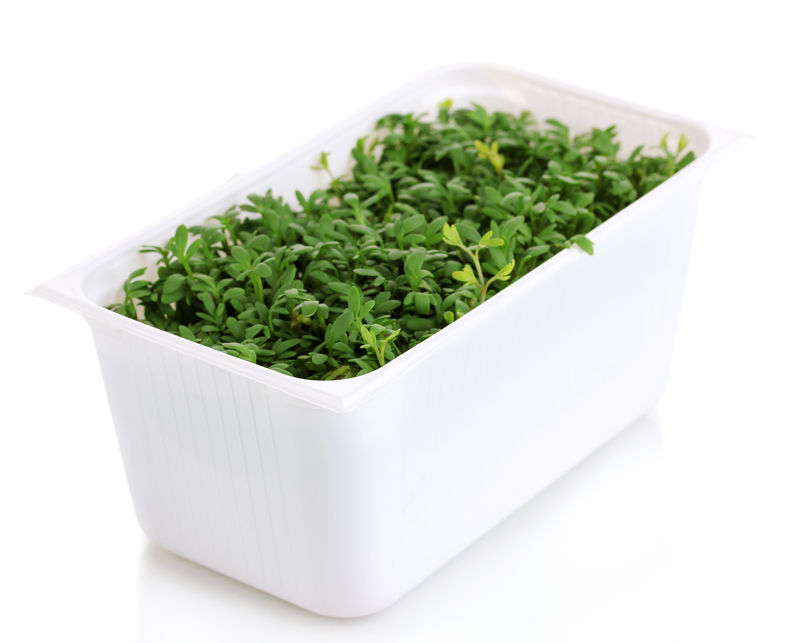Guidelines for Disposing of Deck Lumber
Posted on 27/02/2025
Disposing of deck lumber may seem like a straightforward task, but there are several factors to consider to ensure you do it responsibly and efficiently. From environmental considerations to practicality, following proper guidelines can save you time, money, and effort, all while helping to protect the environment. Whether you are replacing old deck boards or dismantling an entire structure, here's a comprehensive guide to help you navigate the process.
Understanding the Types of Deck Lumber
Before you begin, it's important to understand the types of lumber commonly used in decking:
1. Pressure-Treated Wood: This is one of the most common types of deck lumber and is treated with chemicals to prevent rot and insect damage.
2. Cedar and Redwood: These woods are naturally resistant to decay and insects, making them a popular choice for decking.
3. Composite Deck Boards: Made from a mix of wood fibers and plastic, composite boards are durable and low-maintenance but are not recyclable in the same way as wood.

Initial Preparations
1. Assessment: Inspect your deck to categorize the types of lumber present.
2. Safety: Wear appropriate safety gear, such as gloves, safety glasses, and dust masks. Some treated woods may release harmful chemicals.
3. Tools: Prepare the necessary tools for disassembly, including hammers, pry bars, and screwdrivers.
Environmentally-Friendly Disposal Methods
1. Recycling: Some recycling centers accept construction wood. Contact local facilities to see if they accept your type of deck lumber.
2. Reusing: If the lumber is in good condition, consider donating it to community projects or using it for other DIY projects around your home.
3. Sales: Websites and local classifieds can be a good place to sell used lumber, provided it's still in good condition.
Disposal Options for Treated Wood
Pressure-treated wood contains chemicals like arsenic and copper, which can be harmful if not disposed of properly.
1. Landfills: Most landfills have specific guidelines for accepting treated lumber. Always check local regulations.
2. Incineration: Burning treated wood is not recommended due to the release of toxic chemicals. Always avoid backyard burning.
3. Professional Services: Consider hiring waste management professionals who specialize in construction material disposal.
Pros and Cons of Different Disposal Methods
Recycling
- Pros: Environmentally friendly, reduces waste
- Cons: Not all recycling centers accept treated wood
Reusing
- Pros: Cost-effective, reduces waste, can be creative
- Cons: Time-consuming, may require additional work
Landfill Disposal
- Pros: Convenient, widely available
- Cons: Environmentally harmful, subject to regulations
Professional Disposal Services
- Pros: Convenient, professional handling
- Cons: Can be expensive
Tips for Efficient Deck Lumber Disposal
1. Plan Ahead: Always check disposal options before starting your project.
2. Sort Lumber: Separate treated lumber from untreated wood for easier handling.
3. Minimize Waste: Use project leftovers for smaller DIY projects.
4. Documentation: Keep records of any chemicals used in the treatment for easier disposal.

Takeaways
- Always wear safety gear when handling old deck lumber.
- Treated wood requires special disposal methods.
- Consider environmentally-friendly options like recycling and reusing.
- Plan and prepare before starting any disposal project.
Conclusion
Proper disposal of deck lumber is crucial not only for environmental reasons but also for your safety and the efficiency of your project. By understanding the types of wood you are dealing with, preparing adequately, and exploring different disposal methods, you can ensure that the process is handled responsibly. Whether you decide to recycle, reuse, or use professional services, taking the time to do it right will pay off in the long run.
Remember, the goal is to minimize waste and environmental impact while making the process as smooth as possible for yourself. Happy dismantling!




